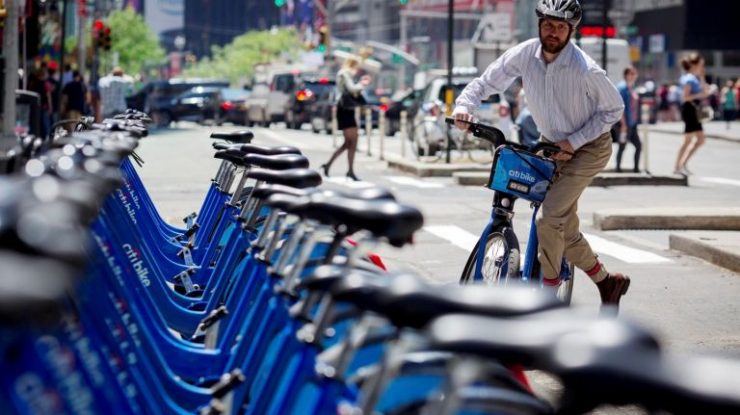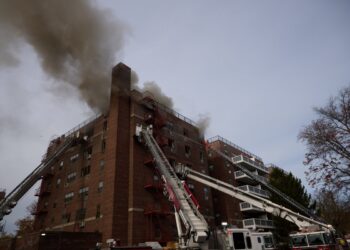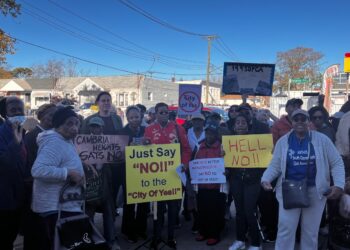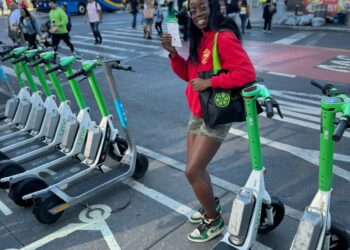A Citi Bike user pulls out a bike at a dock station on Broadway near 51st Street in Manhattan, on May 17, 2017.
A new report from the New York City Comptroller Brad Lander’s office revealed that Ridgewood and Maspeth were among the neighborhoods with the longest duration of having no Citi Bikes or docks available to users.
According to the comptroller’s report, Lyft failed to ensure the availability of bikes in many of the city’s neighborhoods. The report further explains how more unusable Citi bike stations were found disproportionately affecting Black, Latino and low-income residents.
Among other key findings, the comptroller’s office concluded Citi Bike’s system growth outpaced the number of riders, especially in the Bronx, where residents experienced a higher number of unusable stations.
The methods used to “re-balance” the Citi Bike network — making sure bikes and docks remain available throughout the day — were also found to be especially lower ever since the Lyft took over in 2018, according to the report.
“From 2014 to 2019, there were over 100 annual re-balancing moves for every bike in the fleet. That rate has fallen sharply to just 26 re-balancing moves per bike last year – an 80% drop,” the report read.
In Ridgewood and Maspeth, the typical duration where no bikes or docks were available was documented as more than two and three hours. These findings in the report represented how stations remained entirely full or empty for longer periods of time in the outer areas of the Citi Bike network.
The recommendations to improve the relationship with Citi Bike would require a complete overhaul of their contract with the city, according to the comptroller’s report.
Neighborhood-level performance standards to minimize the neglect seen in the outer edges of the Citi Bike system, strict fines on Lyft when re-balancing and availability aren’t met and offering incentives to the operators of Citi Bike for exceeding performance…
Read the full article here








